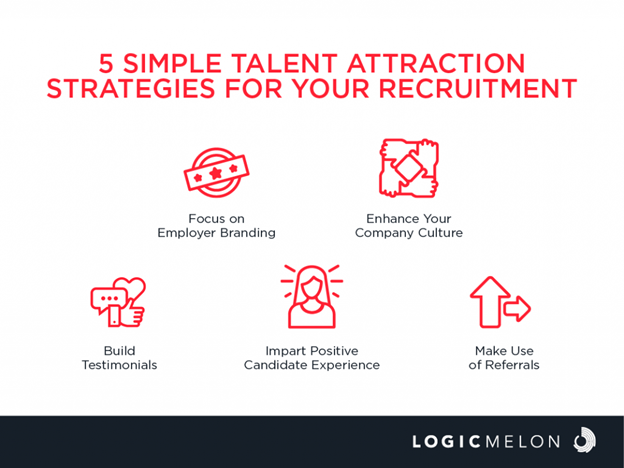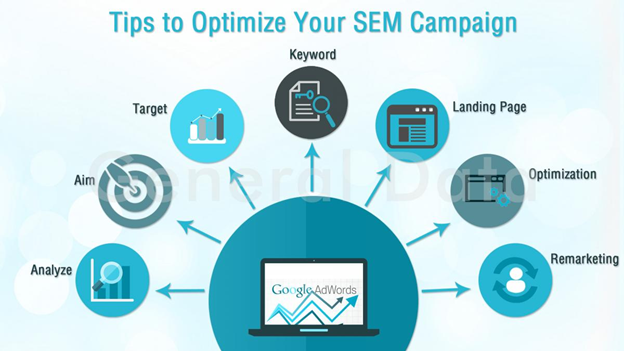SHARE

When it comes to attracting top talent, businesses must think outside the box. In today’s digital age, traditional recruitment methods are no longer enough. This is where search engine marketing (SEM) comes into play. SEM, a powerful tool in the digital marketing arsenal, can be leveraged for talent attraction, helping businesses to reach out to potential candidates in a targeted and efficient manner.
Understanding Search Engine Marketing
Before diving into how SEM can be utilised for talent attraction, it’s crucial to understand what it is. Search engine marketing is a digital marketing strategy used to increase a website’s visibility in search engine results pages (SERPs). It involves the promotion of websites by increasing their visibility through paid advertising. SEM works on a pay-per-click (PPC) model, where advertisers only pay when users click on their ads. These ads appear on search engine results pages, typically at the top or bottom, and are targeted based on a variety of factors including keywords, location, and user behaviour.

Source: Lm-h74xCB82dwdYNNaqYv12OI. (2022, May 13). 5 simple talent attraction strategies for your recruitment. LogicMelon.
The Role of SEM in Talent Attraction
Now that we’ve established what SEM is, let’s explore how it can be used for talent attraction. In essence, SEM allows businesses to advertise their job vacancies directly to job seekers who are actively searching for opportunities online. This targeted approach ensures that your vacancies are seen by the right people at the right time. By using SEM for talent attraction, businesses can ensure their job ads are seen by a wider audience, increasing the chances of attracting the right candidates. Furthermore, SEM allows for detailed tracking and analytics, enabling businesses to measure the effectiveness of their recruitment campaigns and adjust their strategies accordingly.
Keyword Research for Talent Attraction
One of the key aspects of SEM is keyword research. This involves identifying the terms and phrases that potential candidates are likely to use when searching for job opportunities. By understanding these keywords, businesses can tailor their job ads and landing pages to match these search terms, improving their visibility on SERPs. Keyword research tools such as Google Keyword Planner can be used to identify relevant keywords for your industry and job vacancies. These tools provide insights into the search volume and competition for each keyword, helping you to select the most effective keywords for your SEM campaign.
Creating Effective Job Ads
Once you’ve identified your keywords, the next step is to create effective job ads. These should be concise, engaging, and include the relevant keywords identified during your research. The ad should clearly communicate the job role, requirements, and benefits, enticing potential candidates to click through to your website. Remember, your job ad is often the first impression potential candidates have of your company, so it’s important to make it count. Be sure to include your company’s unique selling points and culture to attract candidates who are a good fit for your organisation.

Source: Ruia, R. (2020, June 11). 9 tips to Optimise your SEM Campaign | General Data.
Measuring the Success of Your SEM Campaign
As with any marketing campaign, it’s important to measure the success of your SEM efforts. This can be done through a variety of metrics, including click-through rate (CTR), conversion rate, and cost per acquisition (CPA). CTR measures the percentage of users who click on your ad after seeing it, providing insight into how engaging your ad is. Conversion rate, on the other hand, measures the percentage of users who complete a desired action (such as applying for a job) after clicking on your ad. CPA measures the average cost of acquiring a new candidate through your SEM campaign. By tracking these metrics, businesses can gain valuable insights into the effectiveness of their SEM campaign and make necessary adjustments to improve their talent attraction efforts.
Conclusion
In conclusion, search engine marketing offers a powerful tool for businesses looking to attract top talent. By understanding the principles of SEM and applying them to your recruitment strategy, you can increase the visibility of your job vacancies, reach a wider audience, and attract the right candidates for your organisation. Remember, the key to a successful SEM campaign lies in understanding your audience, conducting thorough keyword research, creating engaging job ads, and measuring your results. With these steps, you can leverage SEM to its full potential and transform your talent attraction strategy.
Frequently Asked Questions About Talent Attraction
What is the Talent Attraction Process?
The process of talent attraction is the proactive identification, assessment, and engagement of individuals who have the potential to fill future roles within an organisation. The goal is to build a talent pipeline of high-potential individuals who can be hired when needed.
What is a Talent Attraction Strategy?
Talent attraction is a holistic approach to hiring. It’s about looking beyond a traditional recruitment strategy and creating an environment where candidates are drawn to a business because they see it as an attractive place to work.
What are the Components of Talent Attraction?
- Employer Branding.
- Recruitment Process Design.
- Onboarding.
- Creating a Positive Company Culture.
- Purpose and Values.
- Diversity and Inclusion.
What are the Elements of Talent Attraction?
The means and strategies of talent attraction vary and include, but are not limited to, employer branding, recruitment marketing, organisational culture, compensation and benefits.
How Do You Identify Potential Talent?
Some common methods of identifying high-potential employees include performance reviews, assessments of leadership potential, and evaluations of their willingness and ability to take on new challenges and responsibilities.





